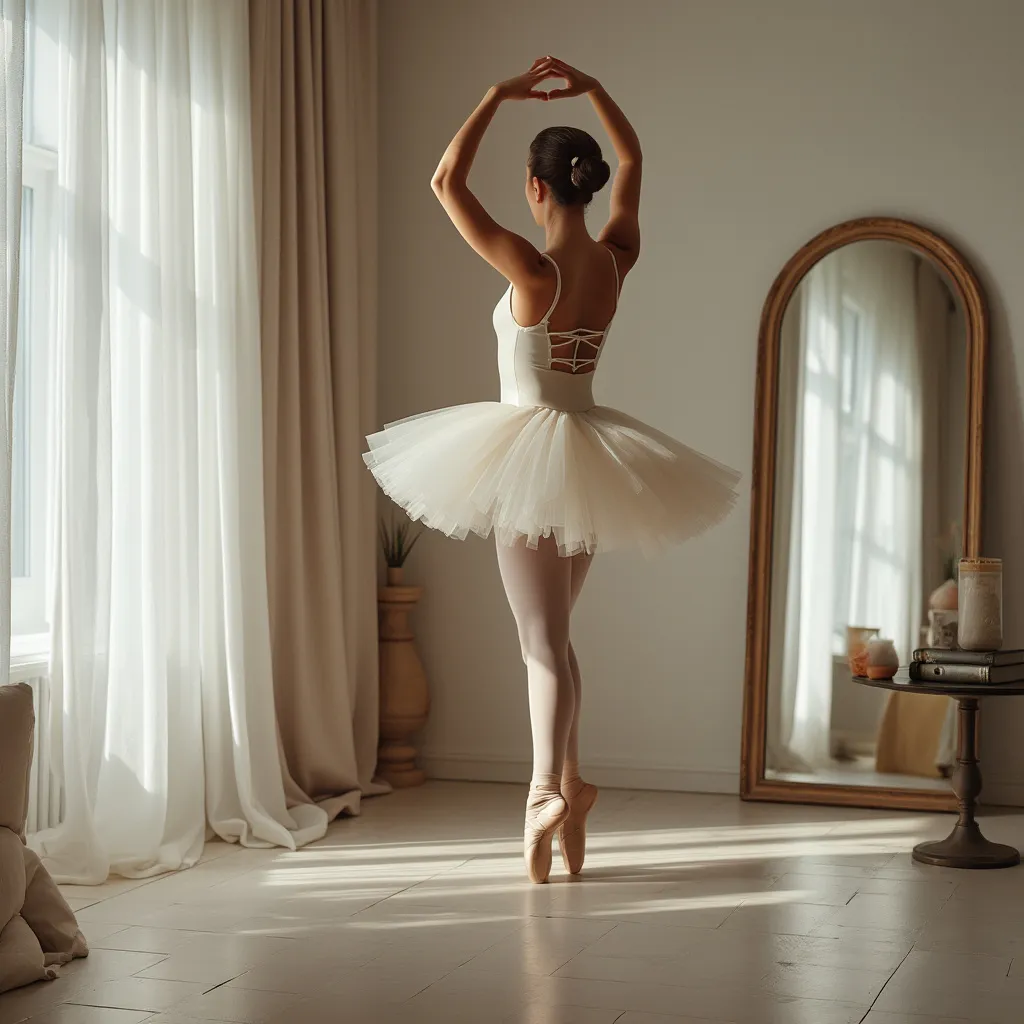Choosing the Right Ballet School: What to Look For

Introduction
Choosing the right ballet school is a critical decision for aspiring dancers and their families. The right school can provide the foundation for a successful career in dance, while the wrong choice can lead to frustration and unmet potential. This article aims to guide you through the essential factors to consider when selecting a ballet school, ensuring that you make an informed decision that aligns with your goals and aspirations.
Accreditation and Reputation
Why Accreditation Matters
Accreditation is a mark of quality and credibility. Accredited ballet schools adhere to specific standards set by recognized organizations, ensuring that the education provided is of high quality. Look for schools accredited by reputable bodies such as the Royal Academy of Dance (RAD), the American Ballet Theatre (ABT), or the National Association of Schools of Dance (NASD).
Researching the School’s Reputation
Reputation is another crucial factor. A school with a strong reputation is likely to have experienced instructors, a well-rounded curriculum, and successful alumni. You can research a school’s reputation by reading reviews, talking to current and former students, and checking the school’s track record in producing professional dancers.
Curriculum and Training
Comprehensive Curriculum
A well-rounded curriculum is essential for developing versatile dancers. Look for schools that offer a variety of dance styles in addition to classical ballet, such as contemporary, jazz, and character dance. This diversity will help students become more adaptable and well-rounded performers.
Focus on Technique
Strong technical training is the cornerstone of any good ballet education. Ensure that the school places a significant emphasis on technique, with classes that cover fundamental aspects such as alignment, turnout, and footwork. The school should also offer pointe work for advanced students.
Performance Opportunities
Performance experience is invaluable for aspiring dancers. Look for schools that provide regular performance opportunities, such as annual recitals, competitions, and community events. These experiences help students build confidence and stage presence.
Faculty and Instructors
Qualified Instructors
The quality of the faculty is one of the most important factors to consider. Instructors should have professional dance experience and relevant teaching qualifications. Look for teachers who have danced with reputable companies and have a proven track record of successful teaching.
Instructor-Student Ratio
A low instructor-student ratio ensures that each student receives personalized attention and feedback. This is particularly important in ballet, where individual corrections are crucial for technical development. Aim for schools with smaller class sizes to maximize the quality of instruction.
Facilities and Resources
Studio Environment
The physical environment of the studio can significantly impact the learning experience. Look for schools with spacious, well-maintained studios equipped with sprung floors, mirrors, and barres. Adequate ventilation and natural lighting are also important factors to consider.
Additional Resources
Some schools offer additional resources such as physical therapy, nutrition counseling, and academic support. These services can be beneficial for students who are balancing rigorous dance training with other commitments.
Cost and Financial Aid
Tuition Fees
Cost is an important consideration for many families. Tuition fees can vary widely between schools, so it’s essential to understand what is included in the cost. Some schools may offer payment plans or discounts for multiple family members.
Financial Aid and Scholarships
Many reputable ballet schools offer financial aid and scholarships to help offset the cost of tuition. Research the availability of these options and understand the application process. Scholarships can be based on merit, need, or a combination of both.
Location and Commute
Proximity to Home
The location of the ballet school is another practical consideration. A school that is too far from home can lead to long commutes, which can be exhausting for young dancers and their families. Consider the daily travel time and how it fits into your overall schedule.
Relocation Options
For students who are serious about pursuing a professional dance career, relocating to attend a prestigious ballet school may be an option. If this is a consideration, research the housing options and support services available for out-of-town students.
Community and Culture
School Culture
The culture of the school can significantly impact a student’s experience. Look for a supportive and inclusive environment where students are encouraged to grow and develop. A positive school culture fosters collaboration, respect, and a love for dance.
Parental Involvement
Some schools encourage parental involvement, while others prefer a more hands-off approach. Understand the school’s policy on parental involvement and consider how it aligns with your expectations. Active parental involvement can enhance the overall experience for both students and families.
FAQ
What age should my child start ballet?
Children can start ballet as young as three or four years old. At this age, classes are typically focused on basic movement and coordination. More formal ballet training usually begins around age seven or eight.
How many classes per week should my child take?
The number of classes per week depends on the student’s age, level, and goals. Younger students may start with one or two classes per week, while more advanced students may take multiple classes daily. Consult with the school’s instructors to determine the appropriate schedule.
What should my child wear to ballet class?
Most ballet schools have a dress code that includes a leotard, tights, and ballet slippers. Some schools may also require specific colors or styles. Check with the school for their dress code policy.
How do I know if a ballet school is the right fit for my child?
Visit the school, observe classes, and talk to instructors and current students. Consider factors such as the quality of instruction, the school’s culture, and how well it aligns with your child’s goals and interests.
Can boys take ballet classes?
Absolutely! Ballet is for everyone, and many schools offer classes specifically for boys. Male dancers play a crucial role in ballet, and many successful male dancers have trained at reputable ballet schools.
Conclusion
Choosing the right ballet school is a significant decision that requires careful consideration of various factors, including accreditation, curriculum, faculty, facilities, cost, location, and school culture. By thoroughly researching and evaluating these aspects, you can find a school that provides a supportive and enriching environment for your child’s dance education. Remember, the right ballet school can make all the difference in helping your child achieve their full potential as a dancer.


